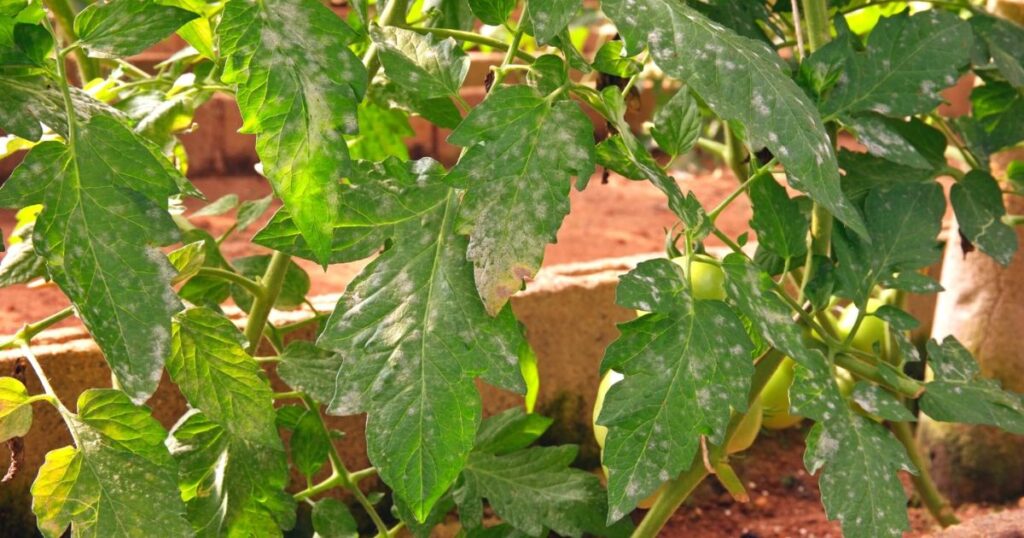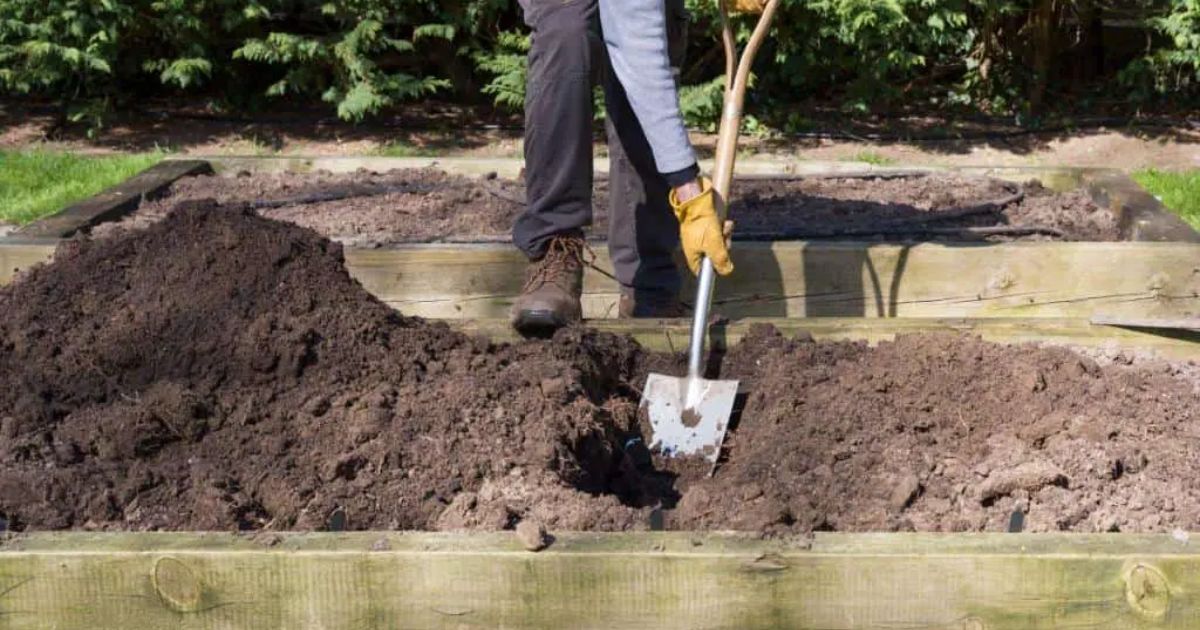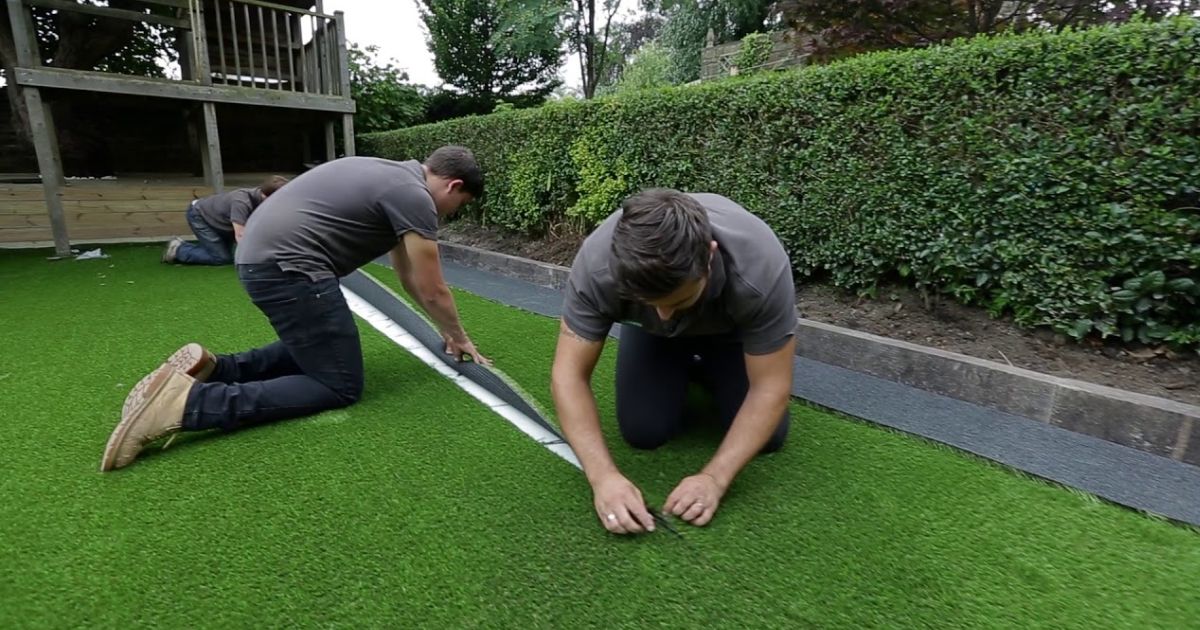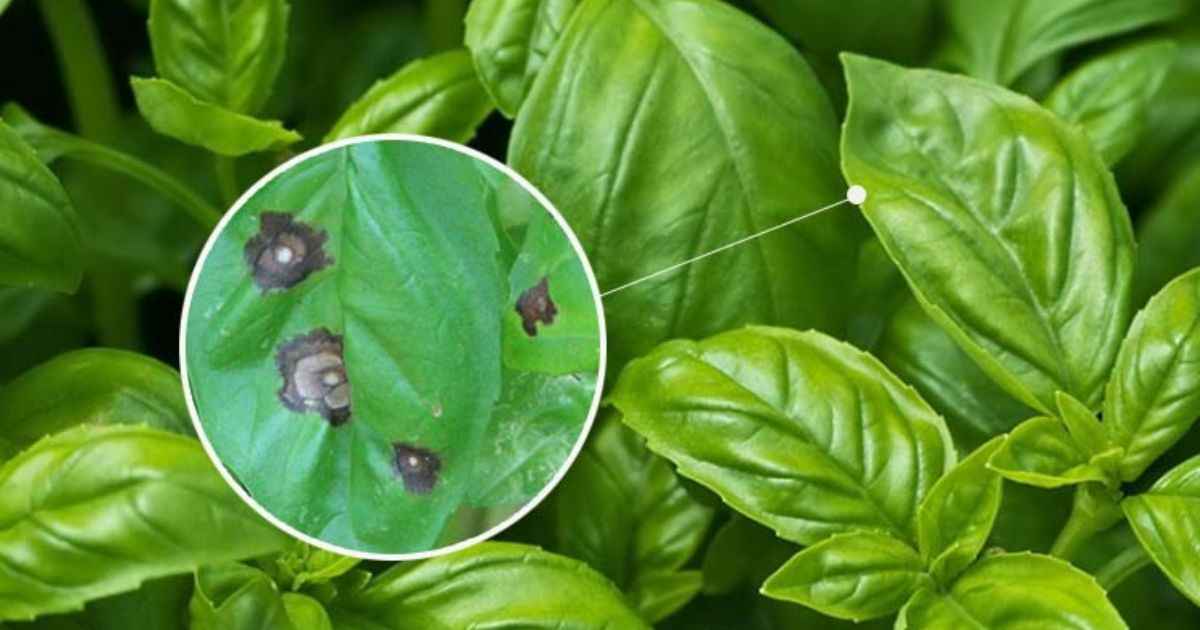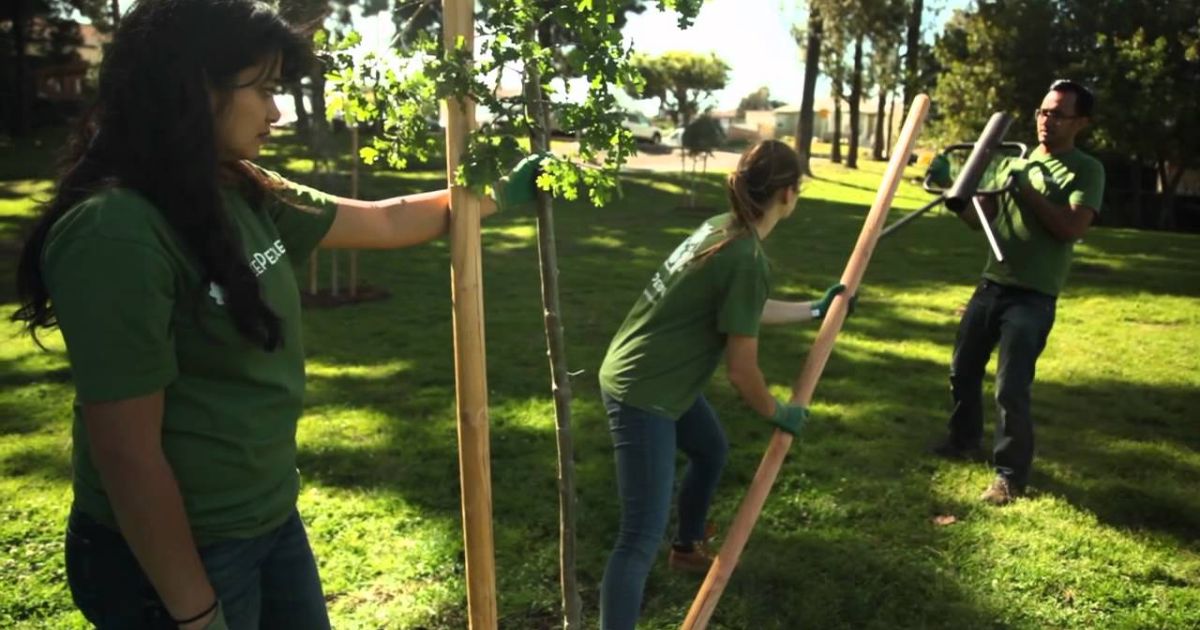One of the most widely consumed vegetables is cultivated in home gardens and commercial farms alike. Healthy tomato plants rely on vibrant leaves to produce flavorful, juicy fruits. However, many gardeners encounter a frustrating problem: white spots appearing on tomato leaves.These stains may be more than simply a superficial problem. They may indicate fungal infections, pest damage, nutrient deficiencies, or environmental stress. Identifying the cause early is essential to protect your plant and ensure a bountiful harvest.
In this guide, we’ll explore the common white spots on leaves tomatoes, how to diagnose the issue accurately, and the best treatment and prevention strategies to keep your tomato plants healthy and thriving.
Understanding White Spots on Tomato Leaves
White spots on tomato leaves are typically a symptom of an underlying problem. The appearance, size, and distribution of these spots can provide clues about their cause. Some spots may appear as small, powdery patches, while others could be larger, irregularly shaped, or accompanied by yellowing or wilting leaves. How to Prevent Tomato Catfacing: Expert Tips for Healthy Crops Finding the underlying reason is essential to implementing effective fixes. Below, we’ll break down the most common causes of white spots on tomato leaves, their symptoms, and how to address them.
Powdery Mildew: A Common Fungal Culprit
Powdery mildew is one of the most frequent causes of white spots on tomato leaves. This fungal disease, caused by pathogens like Leveillula taurica or Oidium neolycopersici, thrives in warm, dry conditions, though it can also occur in humid environments. The fungus produces white or greyish powdery patches on the upper surfaces of leaves, often starting on older, lower leaves and spreading upward.whats wrong with my tomato plant
Symptoms of Powdery Mildew
- White or greyish powdery spots on leaves, stems, or even fruit.
- Spots may coalesce, forming larger patches.
- Affected leaves may turn yellow, brown, or drop prematurely.
- Reduced photosynthesis, leading to stunted growth or lower fruit yield.
Causes and Risk Factors
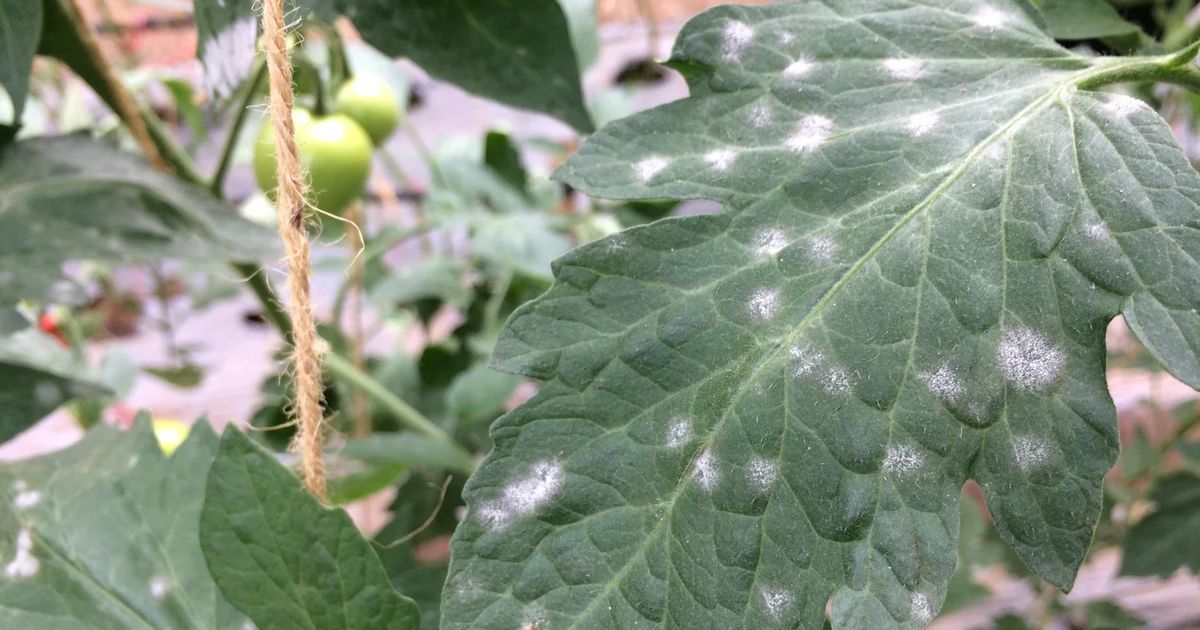
- Poor air circulation around plants.
- High humidity or fluctuating moisture levels.
- Overcrowded planting traps moisture and promotes fungal growth.
- Temperatures between 60–80°F (15–27°C) are ideal for fungal spore germination.
Treatment and Prevention
- Improve Air Circulation: Space tomato plants 24–36 inches apart to allow airflow. Prune lower leaves to reduce humidity around the base.
- Water properly: Water at the base of plants early in the day to keep foliage dry. Avoid overhead watering.
- Fungicides: Apply sulfur-based or neem oil fungicides at the first sign of powdery mildew. Always follow label instructions.
- Cultural Practices: Rotate crops every 2–3 years to keep fungus spores from hibernating in the ground.
- Resistant Varieties: Choose tomato varieties resistant to powdery mildew, such as ‘Jet Star’ or ‘Celebrity.’
Bacterial Leaf Spot: Small but Destructive
Xanthomonas campestris pv is the cause of bacterial leaf spot. Vesicularia is another common cause of white spots on tomato leaves. This bacterial disease spreads through water splashes, Quick and Easy Ways to Ripen Tomatoes Indoors Without Sunlight diseases of tomatoes with pictures such as rain or overhead irrigation, and can devastate tomato crops if not managed promptly.
Symptoms of Bacterial Leaf Spot
- Small, water-soaked spots that turn dark brown to black with a white or grayish-white centre.
- Yellow halos around spots, giving a “bullseye” appearance.
- Spots may merge, causing larger dead areas on leaves.
- Leaves may yellow, wilt, or drop, weakening the plant.
Causes and Risk Factors
- Warm, wet conditions are common, especially during heavy rainfall or high humidity.
- Contaminated seeds, tools, or plant debris.
- Poor sanitation practices, Why Do My Tomatoes Keep Splitting? Common Causes and Solutions such as not sterilising gardening tools.
Treatment and Prevention
- Remove Infected Leaves: Carefully remove and destroy affected leaves to reduce bacterial spread. Do not compost infected material.
- Sanitise Tools: Clean tools with a 10% bleach solution after use.
- Copper-Based Sprays: Apply copper-based bactericides to control the spread, though they’re most effective as a preventive measure.
- Crop rotation: Avoid planting tomatoes next to one another. Spot for at least 3 years.
- Resistant Varieties: Opt for resistant cultivars like ‘Mountain Merit’ or ‘Iron Lady.’
Early Blight: A Fungal Disease with White Centres
The fungus that causes early blight is Alternaria solani. Another disease that can cause white or greyish spots on tomato leaves. While early blight is more commonly associated with dark, How to Identify Purple Leaf Plum Tree Diseases concentric rings, the centres of these spots can turn white or grey as tissue dies.
Symptoms of Early Blight
- These are dark brown to black spots with concentric rings, often called “target spots.”
- White or grey centres in older spots as the tissue dies.
- Yellowing around spots, leading to leaf drop.
- Stem lesions and fruit rot in severe cases.
Causes and Risk Factors
- Warm, wet weather is typical, especially in spring or early summer.
- Overcrowded plants or poor air circulation.
- Fungal spores overwinter in soil or plant debris.
Treatment and Prevention
- Remove Debris: Clear plant debris from the garden to reduce fungal spores.
- Mulch: Apply organic mulch, like straw or wood chips, to prevent soil-borne spores from splashing onto leaves.
- Fungicides: Use chlorothalonil or mancozeb-based fungicides early in the season.
- Pruning: Remove lower leaves to improve airflow and reduce spore splash.
- Crop Rotation: Rotate tomatoes with non-solanaceous crops (e.g., beans or lettuce) to break the disease cycle.
Insect Damage: Pests Leaving White Marks
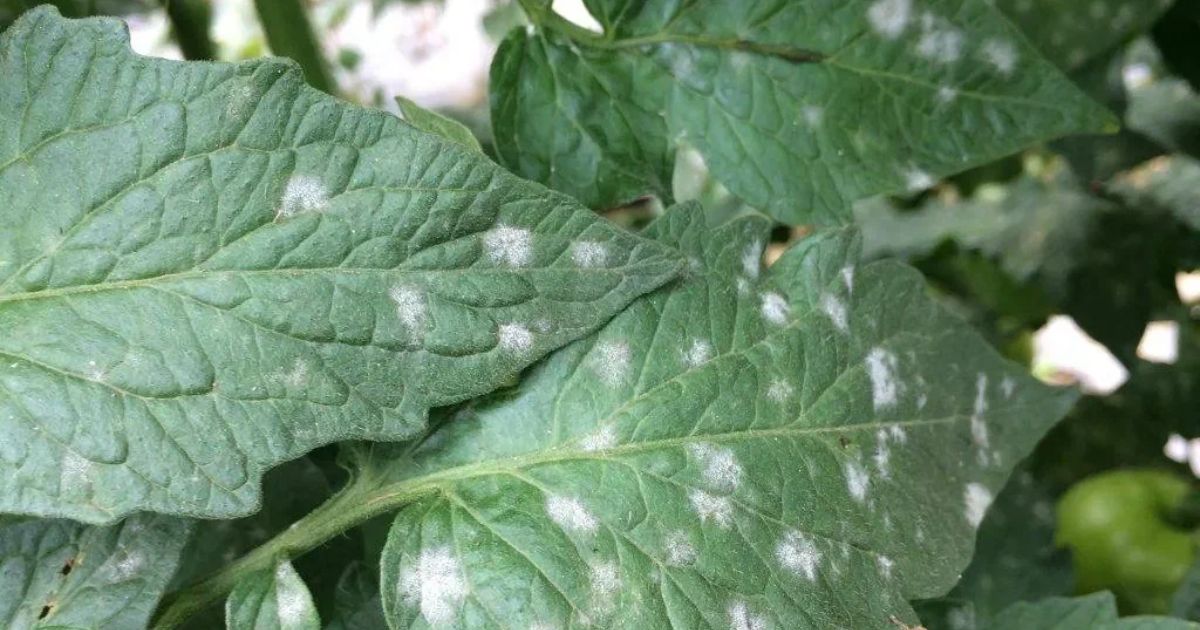
Certain pests can cause white spots on tomato leaves by feeding on plant tissue, leaving behind damaged areas that appear white or silvery. Common culprits include spider mites, problems with tomato plants leaves whiteflies, and thrips.
Spider mites are microscopic arachnids that cause stippling or white spots on leaves by sucking sap from them.
Symptoms
- Fine white or yellowish dots on leaves, often in clusters.
- Webbing on the undersides of leaves in severe infestations.
- Leaves may turn bronze or yellow and drop.
Whiteflies
Whiteflies feed on leaf sap, leaving white, mottled spots and sticky honeydew.
Symptoms
- White or pale spots on leaves.
- Sticky residue (honeydew) that may lead to sooty mould.
- Small, white, moth-like insects fly when plants are disturbed.
Treatment
- Yellow Sticky Traps: Use traps to capture adult whiteflies.
- Neem Oil: Apply neem oil to deter whiteflies and disrupt their life cycle.
- Encourage Natural Predators: Attract parasitic wasps or lacewings to control populations.
Thrips
Thrips are tiny insects that scrape leaf surfaces, causing silvery-white patches.
Symptoms
- Silvery or white streaks or spots on leaves.
- Distorted or curled leaves.
- Black faecal spots on leaves.
Treatment
- Blue Sticky Traps: Use traps to monitor and reduce thrip populations.
- Remove Weeds: Eliminate nearby weeds that may harbour thrips.
Environmental Factors: Sunscald and Chemical Damage
White spots on tomato leaves can also be caused by environmental conditions. , often due to physical damage rather than disease or pests.
Sunscald
Sunscald occurs when tomato leaves are exposed to intense sunlight, especially after pruning or leaf drop, which causes the tissue to bleach and turn white.
Symptoms
- White or pale patches on exposed leaves.
- Affected areas may become papery or crispy.
- Common on upper leaves or after sudden canopy loss.
Prevention
- Gradual Pruning: Avoid heavy pruning in one session to prevent sudden sun exposure.
- Shade Cloth: Use shade cloth during intense heatwaves to protect plants.
- Healthy Foliage: Maintain adequate leaf cover to shield fruit and stems.
Chemical Damage
Misapplication of pesticides, fertilisers, or other chemicals can burn leaves, causing white spots.
Symptoms
- Irregular white or bleached spots, often with a burned appearance.
- Spots may appear shortly after chemical application.
- Damage may be localised or widespread, depending on the application.
Prevention
- Follow Instructions: Dilute and apply chemicals according to label directions.
- Test Sprays: Test on a small area before widespread application.
- Avoid Hot Weather: Apply chemicals during cooler parts of the day to reduce leaf burn.
Nutrient Deficiencies: A Less Common Cause
Nutrient deficiencies, particularly calcium or magnesium, can occasionally cause white or pale spots on tomato leaves, though this is less common than other causes.
Calcium Deficiency
Calcium deficiency often manifests as blossom-end rot in fruit but can also cause pale or white spots on leaves.
Symptoms
- Pale or white areas on young leaves.
- Distorted or stunted growth.
- Weak stems or leaf curling.
Treatment
- Soil Testing: Test the soil to confirm calcium levels.
- Amend Soil: Add gypsum or lime to increase calcium availability.
- Consistent Watering: Maintain even soil moisture to aid calcium uptake.
Magnesium Deficiency
Magnesium deficiency typically causes yellowing between veins, but severe cases may result in white or pale spots.
Symptoms
- Interveinal chlorosis (yellowing) with white or pale spots.
- Older leaves are affected first.
- Reduced photosynthesis and vigour.
Treatment
- Epsom Salt: Apply a foliar spray of Epsom salt (1 tablespoon per gallon of water).
- Soil Amendments: Add magnesium-rich fertilisers to the soil.
- Monitor pH: Ensure soil pH is between 6.0 and 6.8 for optimal nutrient uptake.
Diagnosing the Cause: A Step-by-Step Approach
To effectively treat white spots on tomato leaves, accurate diagnosis is key. Follow these steps:
Examine Spot Characteristics:
- Powdery white coating? Likely powdery mildew.
- Dark spots with white centres and yellow halos? Best Fertilize Tomatoes for the Ultimate Bumper Crop Consider bacterial leaf spot or early blight.
Assess Environmental Conditions:
- Warm and humid? Fungal or bacterial diseases are more likely.
- Intense sunlight after pruning? Sunscald could be the issue.
- Recent chemical application? Chemical burn is possible.
Check Plant Health:
- Are spots accompanied by yellowing, wilting, or stunted growth? This may indicate a disease or nutrient issue.
- Are pests visible (e.g., whiteflies or webbing)? Insect damage is likely.
Review Cultural Practices:
- Overcrowded plants or overhead watering? These increase disease risk.
- Poor soil quality? Nutrient deficiencies may be the cause.
General Prevention Tips for Healthy Tomato Plants
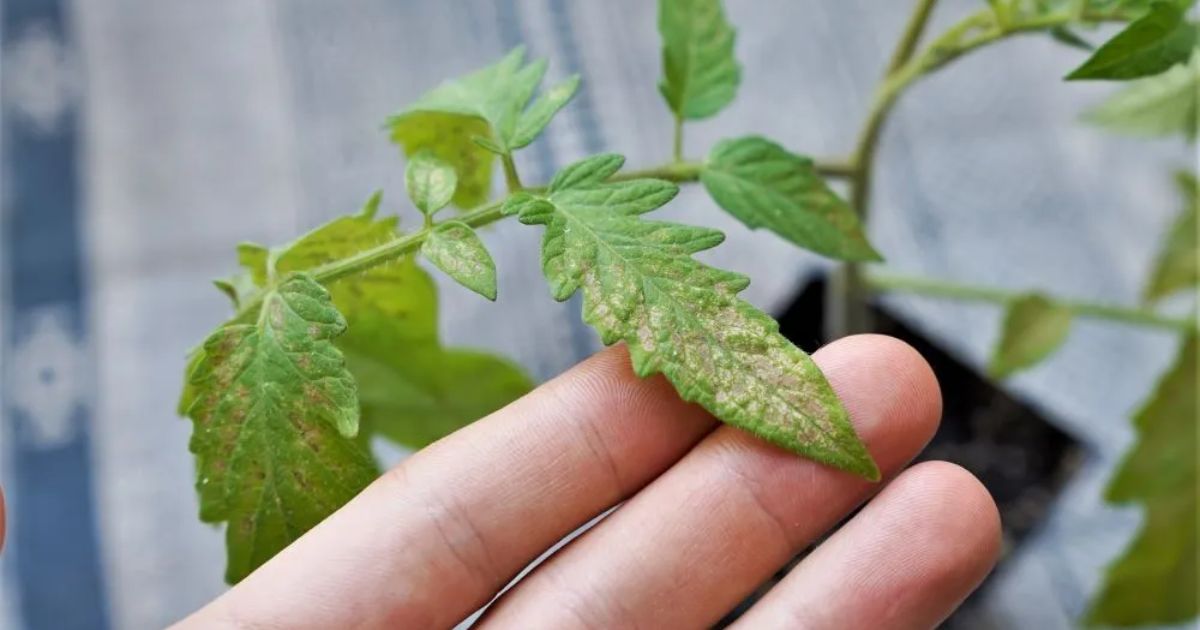
Preventing white spots on tomato leaves requires proactive gardening practices. Here are some universal tips to keep your plants healthy:
- Choose Resistant Varieties: Select tomato cultivars bred for disease resistance.
- Practice Crop Rotation: Rotate tomatoes with non-solanaceous crops to reduce pathogen buildup.
- Maintain Soil Health: Test soil regularly and amend with compost or balanced fertilisers.
- Water Wisely: Water at the base of plants and avoid wetting foliage.
- Prune Strategically: Remove lower leaves and suckers to improve airflow without exposing fruit to sunscald.
- Monitor Pests: Regularly inspect How to Identify Bumps on Tomato Plant Stem plants for signs of insect activity and act quickly.
- Sanitise Equipment: Clean tools, stakes, and cages to prevent disease spread.
Conclusion
White spots on tomato leaves can be brought on by several things, such as fungus infections, pest infestations, environmental stress, or chemical damage. While some spots may be harmless, many indicate underlying issues that can affect your plant’s health and fruit production.The key to managing this problem is early detection and proper diagnosis. By carefully inspecting your tomato plants, identifying the exact cause, and applying the appropriate natural or chemical treatments, you can stop the spread of damage.
Preventive actions like adequate air circulation, watering, regular pruning, and maintaining soil health are essential to keep your tomato plants strong and resilient. With consistent care, you can enjoy lush, green foliage and a bountiful tomato harvest season after season.
FAQ
Are white spots on tomato leaves harmful to eat?
White spots themselves don’t make the fruit unsafe, but if they are caused by fungal or bacterial infections, it’s best to avoid consuming affected leaves. The fruits are usually safe if they appear healthy.
Can sunlight alone cause white spots on tomato leaves?
Yes. Excessive direct sunlight or sunscald can bleach the leaves, leaving white or pale patches. Providing partial shade during intense sun can prevent this.
How do I prevent powdery mildew on tomato plants?
By appropriately spacing plants, you can ensure adequate air circulation. Prune regularly, avoid overhead watering, and consider natural sprays like neem oil or a baking soda solution as preventive measures.
Do pests always cause white spots on tomato leaves?
Not always. While pests like spider mites, thrips, or whiteflies can create white speckles, white spots can also result from fungal infections, nutrient deficiencies, or environmental stress.
Can nutrient deficiencies cause white spots?
Yes. Deficiencies in calcium, magnesium, or other essential nutrients can cause discolouration, including white or pale spots. Regular soil testing and balanced fertilisation help prevent this.
Should I remove leaves with white spots?
Yes. Removing severely affected leaves can stop the illness from spreading and let the plant concentrate energy on healthy growth. Always dispose of removed leaves away from your garden.

